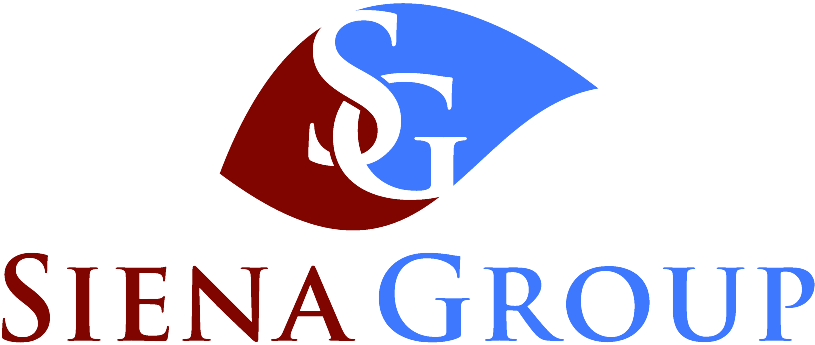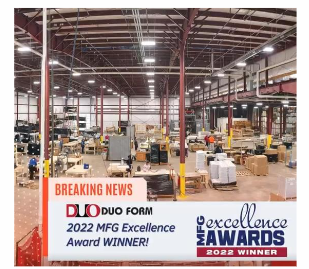Manufacturing Trends Perspective
by Keith Brown, President & Owner, Siena Group.
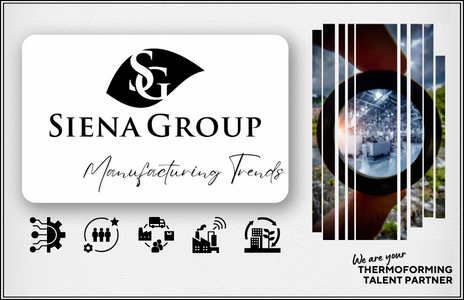
Deloitte always publishes superb trend reports based on industry-specific insights, perspectives, and outlooks of executives and leaders across the spectrum of industry segments. This blog provides my interpretation of the 2023 Manufacturing Industry Outlook report based on 20+ years of manufacturing experience plus nearly a decade in the thermoforming manufacturing recruiting arena. The entire Deloitte report can be found HERE. [To give credit where credit is due, everything taken from the report has been properly cited.]
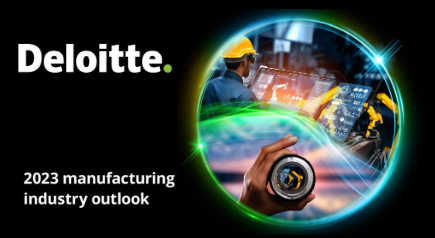
“While overall demand and production capacity have hit recent highs, there are indications that the near-term outlook may not be as bright. The industry is currently experiencing concerns related to inflation and economic uncertainty. In addition, manufacturers continue to grapple with talent challenges that may limit the industry’s growth momentum. Even though employment levels now stand higher than in 2008, the industry remains significantly short of skilled workers. Moreover, supply chain issues, including sourcing bottlenecks, global logistics backlogs, cost pressures, and cyberattacks, will likely remain critical challenges in 2023.”
Deloitte, Full Report, page 3
I agree with Deloitte’s opening statement above with one key exception: The “near-term outlook” IS bright! Without exception and from every leader I speak with, companies cannot make enough to meet very high demands. Be it in food packaging, med device packaging, industrial products, and more, everyone is having a tough time keeping up. Even in industries that took a nose-dive (RV components) – leaders are being nimble, adjusting their approach, diversifying, and leveraging their available capacity to continue to grow at record levels. The fact that manufacturing “remains significantly short of skilled workers” is an indication of this growth and why they continue to be creative in their hiring and retention strategies.
The article highlights five trends that manufacturers should seriously consider if they are to avoid further disruption. Each trend is highlighted and discussed in more detail below.
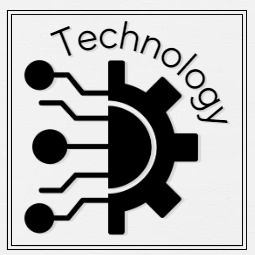
ONE. TECHNOLOGY: Investing in Advanced Technologies to Help Mitigate Risk.
“Manufacturers have increased their digital investment over the past few years and accelerated the adoption of emerging technologies. Companies with higher digital maturity have shown greater resilience, as did those that accelerated digitalization during the pandemic. For example, they were able to pivot faster than manufacturers with limited digital capabilities. Similarly, companies with higher digital implementation tend to have increased supply chain visibility and are better able to adapt to supply chain challenges. Continued investments in advanced manufacturing technologies can help develop the required agility.”
Deloitte, Full Report, page 4
Let’s unpack the excerpt above alongside their bar graph:
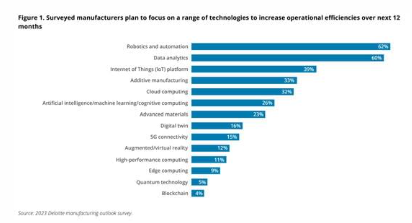
- “The high level of uncertainty” is evident in many different sectors of the manufacturing world. None more so in my opinion than the supply chain. Those that were creative and nimble were able to adapt and move forward. Being able to implement newer technologies can certainly make an impact. However, this is easier said than done. It takes an investment of key resources: cash, people, and time. Being prudent and understanding your biggest bang for the buck is imperative.
- “Broadening advanced manufacturing capabilities” is absolutely a great thing to invest in. The capital outlay notwithstanding, the likely ever-tightening labor market means that automation and robotics can help bridge the gap for a long time to come. It isn’t a surprise that this specific technology is the largest focus for the surveyed manufacturers.
- The second largest category is data analytics. Proper diligence and wise use are the hard part of this focus. Data is just data unless it is used to provide intelligible and useful information for decision-making.
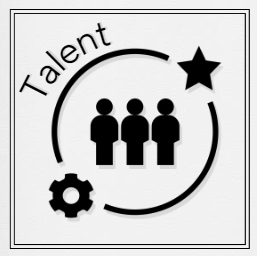
TWO. TALENT: Implementing a Broad Range of Talent Management Strategies to Reduce Voluntary Exits
“Addressing the tight labor market and workforce churn amid shifting talent models is expected to remain a top priority for most manufacturers in 2023. Despite a record level of new hires, job openings in the industry are still hovering near all-time highs. Additionally, voluntary separations continue to outnumber layoffs and discharges, indicating substantial workforce churn. This prevailing workforce shortage, elevated by supply chain limitations, is reducing operational efficiency and margins. Manufacturers are pursuing several approaches to strengthen their talent retention strategy.”
Deloitte, Full Report, page 5
Preach it! This particular topic is obviously near and dear to my heart. It is a question I get asked constantly regarding talent, “What are you hearing that is important to people when looking for a new role?” You know what’s kind of crazy? It is the same thing that it has always been!
People want to be valued. They want to be heard. They want to be part of the solution. They don’t want to just punch the clock and go home. They want to be invested. They want to do well. They want opportunities to learn and grow. They want to be recognized for their efforts. Sound familiar?!?
My opinion on why the ‘churn’ that is highlighted in the article is that organizations didn’t invest in their employees or culture because they didn’t think they needed to… until they did, and it was too late because of the dramatically increased demand for talent at every level!
I was very fortunate to partner with a new client in January: Duo Form, based in Edwardsburg, MI. I met with the company’s president, Shelly Ditmer, to discuss the organization and understand the culture as we were preparing to work together to source some talent needs. The company was a recent winner of the 2022 Michigan Manufacturers Association MFG Excellence Award: Manufacturer of the Year – Large Tier. It was a key accomplishment, and it didn’t just happen. They have been working on their culture for more than 18 months, doing meet and greets – to get to know each other more and better understand each other. They can really see a difference now, and though they still have a long way to go, they are much stronger than they have ever been. Explains Shelly, “We have reinvented the way we think about employee culture and engagement.” YES!
Another company has been looking for a strong Design Engineer… for over a year. In my initial conversation with the VP, he shared that they are now rethinking recruiting and are looking to invest in two college graduates, in order to “grow them up from scratch” and meet the needs to fill a role that has been extraordinarily tough to source. KUDOS to them!
The article highlights flexibility (allowing remote and/or hybrid type of roles) as a key component. A high level of caution is recommended here; I’ve heard from many manufacturing executives that have rightly shied away from this approach. Now, I understand the need and how this remote/hybrid culture has come to be over the past several years… but I’m hearing a lot of frustrations from clients about the lack of ownership in manufacturing.
“How can you be a good Process Engineer… with a hybrid schedule?!?” I don’t disagree.
That mindset misses the very nature of a great Manufacturing Engineer – you are there when you are needed in order to make high-quality products on time every time. Having grown up in that world, it pains me when I’m interviewing a prospective Manufacturing Engineer and they ask, “what are the hours?” Um, the plant runs 24/7, and you get paid to make sure it is running – how can you do that remotely?!?
In one of my earliest experiences in manufacturing – I had a Production Manager tell me, “I pay you to be here 24/7 because that is when the machine is running. You just get to home every once and a while.” Extreme? YEP. Did it drive the point home about the importance of the machine running and I’m the Process Engineer supporting it? INDEED IT DID!
Deloitte’s survey found that retention and “finding the right talent” are the top two challenges, with a whopping 75% and 74% respectively. Just… wow! I don’t recall ever seeing that kind of alignment in a survey! And, 33% of surveyed executives have included retention as a strategic priority for 2023?!? Huge!
[For more insight on contingency and retained searches in recruiting, read the January Thermoforming Report.]
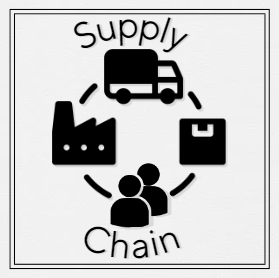
THREE. SUPPLY CHAIN: Relying on Time-Tested Mitigation Strategies with Enhanced Tactics to Achieve Supply Assurance
“Deloitte’s recent supply chain research highlights that 80% of surveyed manufacturing executives have experienced a “heavy” to “very heavy” impact of disruption on their supply chains over the past 12 to 18 months. According to the Deloitte outlook survey, 72% of surveyed executives believe the persistent shortage of critical materials and the ongoing supply chain disruptions present the biggest uncertainty for the industry in the coming year. Manufacturers are mitigating these risks not only with increased utilization of digital technology but also with time-tested approaches.”
Deloitte, Full Report, page 6
Thus continues the never-ending story of supply chain impacts. There is a long way to go in this particular area – and a lot of great success thus far as well. The 4 bullets they highlight [relationship management, building redundancy, boosting local capacity, and implementing digital technologies] are solid in my opinion. Really interesting findings on how companies are navigating through these tumultuous times.
One thing that is fascinating to me is “boosting local capacity” in order to “reduce exposure to logistics issues and transportation bottlenecks.” However, doesn’t this mean that a supplier is going to be recruiting talent from the same location?!? And though the overall increase in US manufacturing as stated in the article is a good thing… it only adds to the war on talent!!!
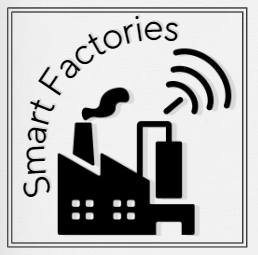
FOUR. SMART FACTORY: Taking a Holistic Approach to Smart Factory Initiatives to Unlock New Horizons
“Manufacturers will likely continue progressing toward smart factory transformations, as these initiatives drive future competitiveness. Many manufacturers are making investments in laying the technology foundation for their smart factories… One in five manufacturers is already experimenting with underlying solutions or actively developing a metaverse platform for their products and services.”
Deloitte, Full Report, page 7
Well. This one is a hard one for me. I love technology. ‘Back in the day’, I brought something controversial to the manufacturing floor that wasn’t really part of our world at that time – and it made a huge difference (high-speed cameras, of all things). BUT, there are several areas of caution and concern that strike me as I read the article and think through this particular trend.
- “Global,” “conglomerate,” and “leader” were all referenced in this section. My interpretation: “deep pockets.” This kind of cutting-edge technology is not cheap, and it doesn’t pay off quickly. How many companies under $1B are able to be an “early adopter?” Few, if any, I would suggest. However, investing in technology should not be ignored!
- As stated in the first trend above, wise investments that have solid ROIs must be considered. IoT, AI, and AR, though not commonplace, are readily available, and the right application can certainly make a positive impact.
- The last paragraph in this section is a scary one: how to protect your stuff in this cyber-world! It will not be easy, and this topic has been covered frequently. It is not to be taken lightly and must be invested in parallel with all the other technologies.
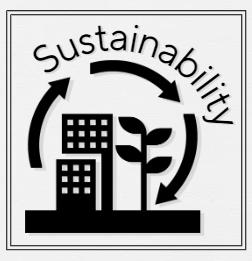
FIVE. SUSTAINABILITY: Focusing on Corporate Social Responsibility
“The fast-evolving environmental, social, and governance (ESG) landscape may require close monitoring in 2023 for manufacturers. Many organizations voluntarily comply with a complex network of reporting regulations, ratings, and disclosure frameworks. But regulators globally are also moving toward requiring more disclosures for nonfinancial metrics. Manufacturers are progressing toward their ESG commitments by making operational changes across their value chains.”
Deloitte, Full Report, page 8
This particular trend is one that has had a life beyond just what’s to come in 2023.
- Waste management tactics and strategies are things I worked on as a Process Engineer with Kimberly-Clark over 20 years ago. Reducing waste and consumables (raw materials, water, steam, etc) are nothing new, but they are definitely something that must continue at a high level.
- Supplier compliance and diversity have already been covered – nothing new but growing ever more important.
- ‘Smart’ buildings are also nothing new, just ask one of my closest friends who happens to be a gifted architect and currently an executive with a firm down in Florida. He’s been talking about and designing smart, energy-efficient buildings for his entire career! The difference is applying that approach to the manufacturing plants and working to convert older, outdated facilities and infrastructure in a way that is cost-effective and resilient.
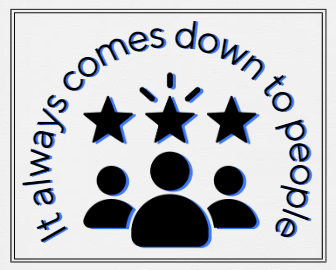
THE FINAL TAKEAWAY
As the report wraps things up, it accurately states what was in 2022 and what could be in 2023, with the requisite cautions that exist in the global economy we all live in.
My take would be similar based on what I learned and continue to learn thanks to my access to senior leaders in the thermoforming manufacturing world. I know I’m a broken record when I state that it always comes down to people. Having a great team that is engaged, doing rewarding work, and with strong leaders to guide the way is the same formula that has generated success for a very long time. Invest in your people!

At Siena Group, we are your Thermoforming Talent Partner! With more than 30 years of experience in manufacturing, hiring & recruiting talent, we bring a greater understanding of the companies we partner with and the candidates we pursue. Let’s Strengthen Your Search!
Share our post with others
Love what you see? Share it with your connections now.
